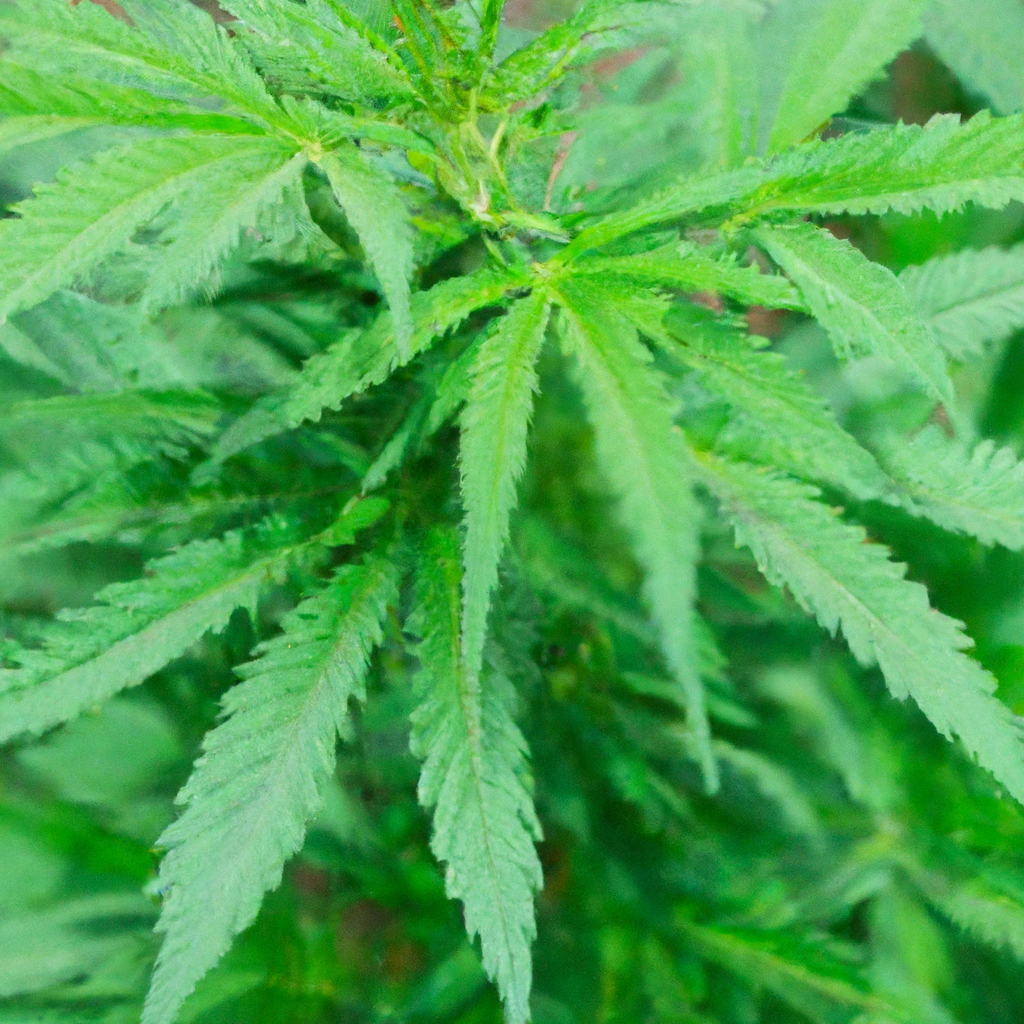By John “Magic” Greenleaf – “Growing greatness, one strain at a time.”
Introduction
As the cannabis industry continues to flourish, the call for sustainable practices has never been stronger. Here in Colorado, where the air is thin and the UV rays intense, sustainability isn’t just a buzzword; it’s a necessity for survival and success. Join me, John “Magic” Greenleaf, as we dive into the essential elements of cannabis sustainability and explore how these practices contribute to a greener planet and more resilient crops.
The Importance of Water Efficiency
Water is a precious resource, especially in a dry climate like Colorado’s. Implementing water-efficient systems not only conserves water but also enhances plant health. Here’s how to start:
- Drip Irrigation: This method targets the root zone, reducing water waste by up to 40%. It’s a gentle approach that ensures your plants get exactly what they need.
- Organic Soil: Using organic soil can enhance moisture retention, saving over 10,000 gallons annually in large operations.
Energy Efficiency with Advanced Lighting
Lighting is another pivotal aspect where sustainability can shine. By optimizing your lighting setup, you can reduce energy consumption significantly:
- High-Efficiency LEDs: Systems like the Gavita Pro cut down energy use by 25%, emit less heat, and provide ample light for your plants to thrive.
- Automation: Pairing your lights with sensors and timers ensures they’re on only when needed, reducing waste and costs.
Sustainable Genetics: Crafting Resilient Strains
The strains you choose or cultivate make all the difference. Sustainable genetics involve selecting plants that are naturally vigorous and can withstand environmental stressors.
- Phenotype Selection: Identify traits that favor your environment and stabilize them. For instance, my “Magic Kush” thrives in high altitudes, offering medicinal benefits and resilience.
- Crossbreeding: Innovate by crossbreeding local favorites with international landrace strains to introduce diverse and robust genetics.
Conclusion
Adopting sustainable practices in cannabis cultivation doesn’t just benefit the environment—it creates healthier, heartier plants that align with the ethos of respect and care for the Earth. As we continue to learn and implement sustainable techniques, we’re laying the foundation for a future where cannabis and eco-friendliness grow hand in hand. After all, a stable and sustainable ecosystem creates bountiful, quality harvests. Remember, “Healthy roots, healthy buds, happy harvests.”
Stay curious, keep growing, and until next time—”The altitude makes us tougher—and so does our weed.”


Leave a Reply